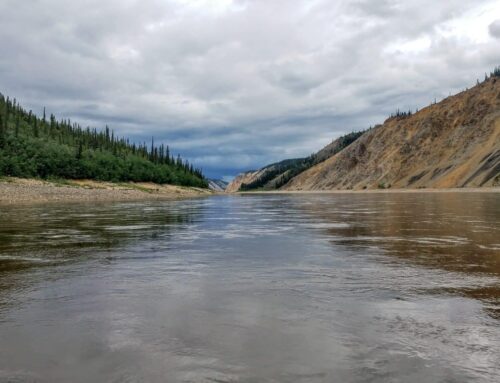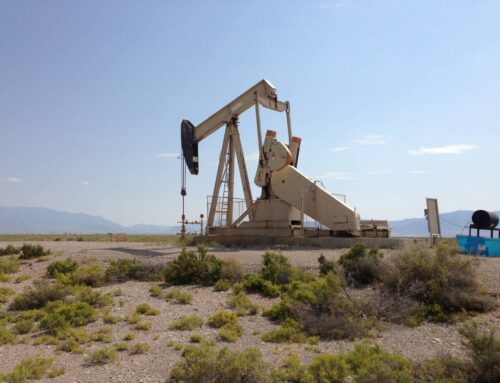Earlier this month the Government Accountability Office (GAO), the nonpartisan investigative arm of Congress, released a report on abandoned hardrock mines located on federally owned lands. Many of these abandoned mines pose significant environmental and physical safety risks to the public, which can cost millions or even billions of dollars to remediate. GAO documents what several state and federal agencies know about the extent of the problem, how much has been spent on cleanup to date, how much more mitigating known risks will cost, and what is still unknown. Unfortunately, the responsibility for cleanup efforts has largely been shouldered by federal taxpayers rather than the mining companies that profited from extracting publicly owned resources. According to the report, federal agencies spent roughly $2.9 billion from fiscal year (FY) 2008 to FY 2017 on cleanup and estimate it will cost more than $10 billion to inventory and remediate just a fraction of abandoned mine sites.
The financial burden of abandoned hardrock mines adds insult to injury because taxpayers received little or no revenue from the extraction of hardrock resources on federal land when the mines were active. For almost 150 years, the Mining Law of 1872 has allowed mining operations to extract valuable hardrock mineral resources – like gold, silver, uranium, etc. – from taxpayer owned lands without paying any royalty. In contrast, states and private landowners earn royalties up to 10 percent of the value of the minerals removed from their lands. If the Department of the Interior had imposed a 10% royalty on just the value of gold mined on federal land in Nevada alone, taxpayers could have received up to $3.8 billion from FY 2009 to FY2018.
The GAO report centers on the five federal agencies responsible for abandoned mine cleanup: The U.S. Forest Service, Bureau of Land Management, National Park Service, Environmental Protection Agency, and Office of Surface Mining Reclamation and Enforcement. These five agencies have identified a total of roughly 141,000 abandoned mines on federal lands, with 60 percent or 90,000 of those mines presenting environmental or physical safety risks. In addition to mine sites and features captured in agency databases, the agencies estimate there are 390,000 more abandoned mines on federal lands currently undocumented.
Federal spending on abandoned mine cleanup represents a significant cost to taxpayers. The five agencies interviewed by the GAO spent an average of $287 million per year on abandoned mine cleanup efforts in fiscal years 2008 through 2017. In total, the five agency’s spending amounted to $2.9 billion dollars.
The large number of abandoned mines can be attributed to minimal restraints on mining operations in the General Mining Law of 1872. For over a century, the law provided only a skeletal structure for federal management of hardrock mining and did not include provisions requiring the clean-up of federal land after mining activities cease. It was not until 1981 that the Department of the Interior imposed some clean-up requirements on mine operators. But inadequate bonding rules, requiring mining companies to guarantee assets to cover the cost of remediation, have failed to prevent new abandoned mines or taxpayers from paying for their remediation.
Altogether, the report underscores the need to reform hardrock mining on federal lands. By updating the antiquated General Mining Law of 1872 and charging a royalty rate on par with onshore oil and gas of 12.5 percent, the federal government could cover some of the billions of dollars needed to cleanup dangerous mine sites left on federal lands by the mining industry.











Get Social